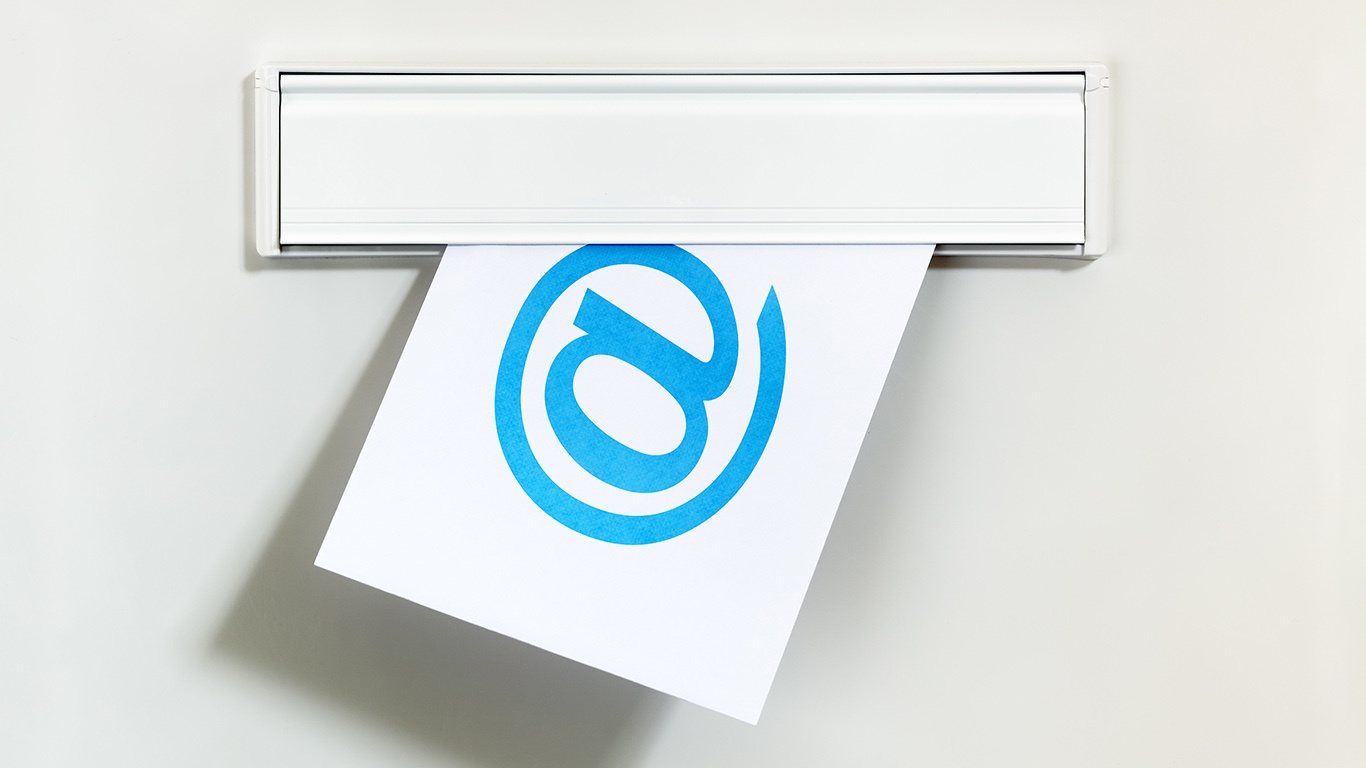There’s plenty to love about email marketing. Compared to some conventional offline methods, it’s much cheaper, faster and easier. But there’s a challenge to overcome that many businesses struggle with: email deliverability.
What is Email Deliverability?
As the term suggests, email deliverability is about ensuring that an email doesn’t get flagged as spam or bounce, so that it safely gets from point A (the business) to point B (the recipient). And while in the distant past email deliverability wasn’t too much of a problem, these days it’s a major and growing concern.
Fortunately, fixing poor email deliverable rates so that they’re at – or above – marketplace standards isn’t costly or complex. Really, it’s about adopting some straightforward best practices. Here are the top 7:
Email Deliverability Best Practice #1: Use Double Opt-In
Yes, double opt-in means that the recipient must take an extra step to get on your email distribution list. But it’s definitely worth is, because it means that you’ll thwart evil spambots and end accidental sign ups (i.e. people who unintentionally signed up or don’t remember signing up).
Email Deliverability Best Practice #2: Use Custom Authentication
As advised by Google, using custom authentication improves email deliverability. This is because ISPs that route your emails to recipients know that what you’re sending is legitimate (i.e. not spam, fraudulent or unauthorized).
Email Deliverability Best Practice #3: Use Non-Spammy Subject Lines
One of the biggest reasons for poor email deliverability is subject lines that “look spammy,” which happens when there’s an OVERUSE OF CAPITAL LETTERS, excessive punctuation!!!, words like “free,” and so on. Most of the time, spam filters eat up these emails and send them to a folder that recipients never, ever go into. It’s like their own personal piece of the toxic Dark Web that is flushed every 30 days or so.
Email Deliverability Best Practice #4: Don’t Fall Off the Radar Screen
It’s wise not to overload recipients with email, since many of them will react by unsubscribing. However, don’t go to the other extreme and be so afraid of connecting that you fall off the radar. After sending your welcome email to new subscribers, make sure you send something out 1-2 times a month (you may need to adjust this based on testing, but this frequency is a good place to start in our experience).
Email Deliverability Best Practice #5: Go Easy on the Images
Many spam filters block emails that have a relatively high image to text ratio. As such, make sure that you have enough text — but of course, don’t overload recipients either. Use well-written teaser copy to drive them to your website, social media pages, microsite, App Store app, and so on.
Email Deliverability Best Practice #6: Be Wary of URL Shorteners
The good news about URL shorteners is that you can avoid displaying long, difficult-to-remember links. The bad news is that spam filters tend to view them suspiciously, since spammers use them quite a bit to deceive unsuspecting clickers.
Email Deliverability Best Practice #7: Build and Cultivate an Engaged List
No list of email deliverability best practices would be complete without an old standard: build and cultivate an engaged list. This takes time, effort and resources. But the rewards are definitely worth the investment.
Learn More
To learn more about improving your email deliverability, contact the Leap Clixx team today. Your consultation with us is free.
Can’t get enough inbound marketing tips and advice? Check out our FREE eBook “A Guide to Inbound Marketing Best Practices“:
{{cta(‘bd8404aa-e053-481c-9e10-8dd744e59b2f’)}}





